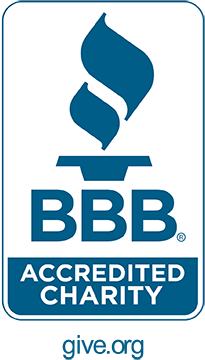Abstract: This article assesses the CORE Group Polio Project (CGPP) experience over a 20-year period in 5 countries. It examines how a program designed to provide social mobilization to eradicate one disease, and which did so effectively, functioned within the general framework of community health workers (CHWs). Vertical health programs often have limited impact on broader community health. CGPP has a 20-year history of social mobilization and effective program interventions. This history provided an opportunity to assess how CGPP community mobilizers (CMs) functioned in polio and maternal and child health. The Updated Program Functionality Matrix for Optimizing Community Health Programs tool of the CHW Assessment and Improvement Matrix (AIM) was used to examine CGPP CM roles across different contexts. The analysis determined that CGPP CMs met the basic level of functioning (level 3) for 6 of the 10 components of the AIM tool. This cross-country descriptive analysis of the CGPP demonstrates the importance of embracing the full range of CHW AIM components, even in a vertical program. Use of data, community involvement, local adaptation, and linkage with the health system are especially critical for success. This general lesson could be applied to other community mobilization and disease/epidemic control initiatives, especially as we face the issues of the COVID-19 pandemic.
Article from:
Glob Health Science and Practice. 2020 Sep 30;8(3):396-412





